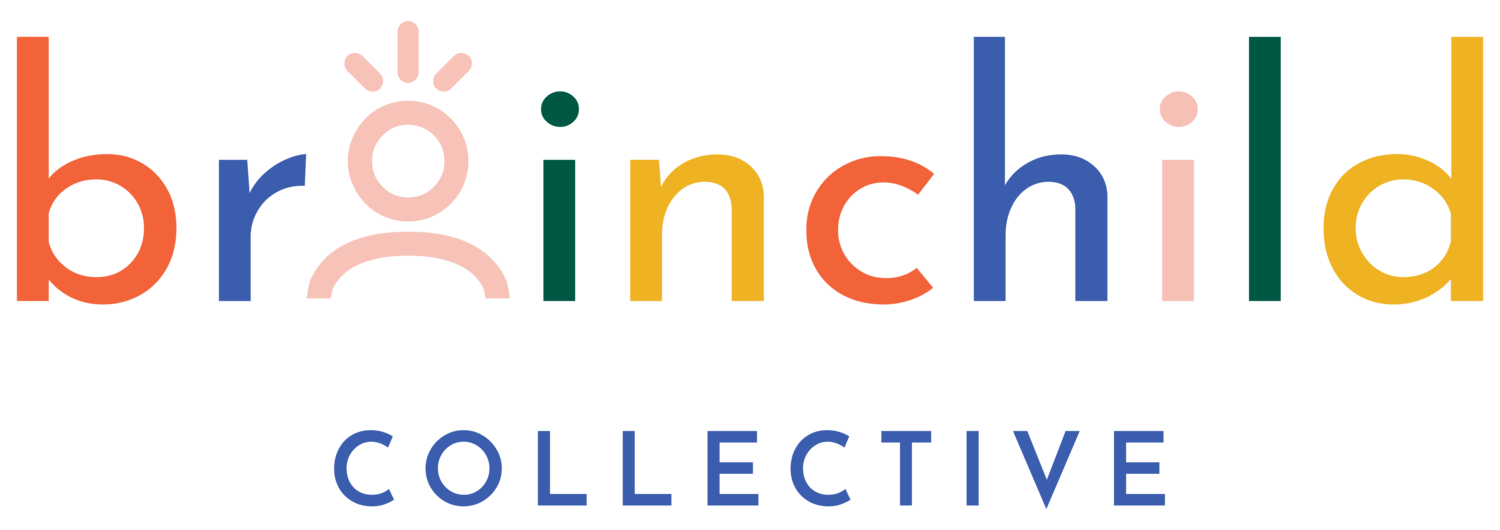Practical Tips for Social Emotional Learning in the Classroom
Social-emotional learning (SEL) has emerged as a cornerstone for holistic education, equipping students with the tools to navigate life's challenges successfully. SEL transcends the boundaries of traditional academic skills, embracing a comprehensive approach that nurtures emotional intelligence, interpersonal skills, and self-awareness. As educators, understanding and incorporating SEL in your teaching practices is a transformative journey beyond the conventional classroom experience.
In this blog, we’ll explore how implementing SEL practices in the classroom creates an inclusive and emotionally supportive learning environment, setting the stage for academic success and preparing students to navigate life’s broader challenges. We will guide you through practical and impactful strategies to enhance your student's social and emotional well-being.
Understanding the Core SEL Competencies
Comprehending the five core SEL competencies lays the foundation for effective implementation. These core competencies include:
Self-awareness involves recognizing and understanding one's emotions and influencing thoughts and behaviors.
Self-management focuses on regulating emotions, thoughts, and behaviors effectively.
Social Awareness emphasizes empathy and understanding others' perspectives, fostering a sense of community.
Relationship skills involve establishing and maintaining healthy connections, communicating clearly, listening actively, and collaborating.
Responsible decision-making centers on making thoughtful choices while considering ethical standards, safety concerns, and the impact on others.
Integrate SEL into Daily Classroom Routine
Embedding SEL seamlessly into daily activities creates a classroom environment that is supportive and emotionally intelligent.
An easy way to integrate SEL into the classroom is to start the day with a mindful moment, urging students to center themselves and establish positive intentions. Extend SEL into academic lessons by infusing literature about characters' emotions and challenges. Designate time for open discussions, providing a platform for students to express their feelings and share personal experiences. Group activities can also be an excellent avenue for integrating SEL and fostering collaboration, communication, and conflict-resolution skills.
As an educator, modeling positive behavior and showcasing emotional intelligence and strong interpersonal skills is paramount. Furthering these efforts, implement reflective practices that encourage students to assess their emotions and behaviors regularly. These practical steps are rooted in SEL research, underscoring the importance of daily integration for sustained and meaningful impact.
Research consistently highlights the positive correlation between SEL and academic success. According to a meta-analysis by Joseph Durlak, students participating in SEL programs demonstrated significant improvement in academic performance, with an average percentile gain of 11%. As educators, incorporating SEL into the curriculum nurtures emotional intelligence and enhances cognitive skills, leading to a well-rounded educational experience.
Create a Safe and Inclusive Learning Environment
Creating a conducive environment for SEL involves prioritizing a safe, inclusive space where students experience value and support. This begins by setting clear expectations for behavior, with a specific emphasis on fostering respect and empathy.
Addressing bullying incidents promptly is crucial, while proactive measures, such as engaging in activities that encourage positive peer interactions, help cultivate a culture of kindness. Additionally, celebrating diversity plays a pivotal role in this process. Educators can achieve this by incorporating diverse perspectives into the curriculum, promoting an understanding of various cultures and experiences.
Collaboratively developing a classroom community agreement with students further solidifies these efforts, outlining shared norms and expectations that contribute to a respectful and inclusive learning environment.
Empower Students Through Goals Setting and Reflection
SEL is not only about understanding emotions but also about setting goals and reflecting on personal growth. Encourage students to set realistic and achievable goals, both academically and socially.
Regularly revisit these goals, providing opportunities for reflection and adjustment. Implement student-led conferences, allowing them to discuss their achievements, challenges, and progress toward goals. By involving students in their learning journey, educators empower them to take ownership of their social and emotional development.
Embracing SEL for Lifelong Success
Incorporating SEL into the classroom is a multifaceted yet rewarding endeavor. Grounded in research, these practical tips aim to equip educators with actionable strategies for fostering a positive and emotionally intelligent learning environment. By embracing SEL competencies, educators contribute to students' academic success and their lifelong well-being.
As an organization committed to the holistic development of students, The Brainchild Collective offers professional development workshops for educators. These workshops delve into effective techniques for integrating SEL into daily teaching practices. Elevate your teaching skills and create a more nurturing classroom environment with TBC's expert-led workshops.
As the educational landscape evolves, prioritizing SEL ensures that students are prepared for academic excellence and the broader spectrum of challenges and opportunities life presents. For more information on how TBC can enhance your professional development journey, contact us today!
